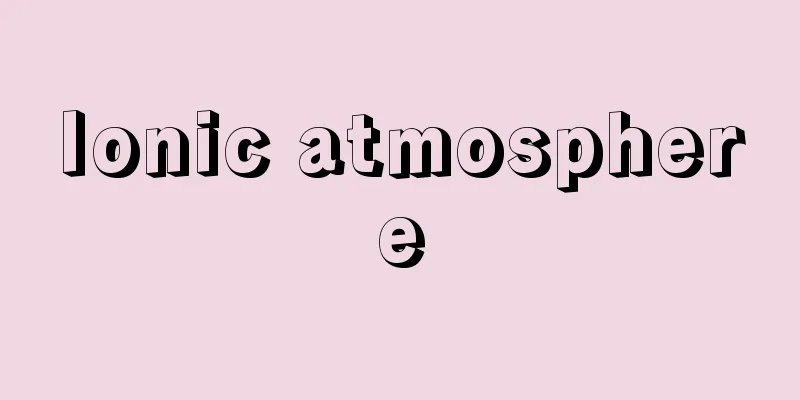Remote sensing

|
Remote sensing is the technique or technology for observing the earth's surface or atmosphere from a distance using aircraft or artificial satellites, or for measuring by remote operation of such devices. It is widely used for public interest and disaster prevention purposes such as weather observation, research purposes such as investigating vegetation distribution, and industrial and civilian fields such as land use and grain production forecasting, and the number of companies offering satellite remote sensing services is increasing. In a broad sense, low-altitude aerial photography using drones, sonar and fish finders using sound waves, and the operation of space probes can also be considered a type of remote sensing. The use of remote sensing has progressed since the First World War, which began in 1914. At that time, aircraft were deployed to the front lines as weapons, and aerial photography technology for reconnaissance purposes developed significantly. Aerial photography was mainly used for military purposes and to assist in map creation, but advances in observation technology such as infrared and microwaves, as well as the development of artificial satellites, have dramatically expanded the scope of use and observation to include meteorological observation, disaster prevention, resource surveys, and marine surveys. In 1972, the United States began operating the world's first non-military satellite (later Landsat), and in recent years, technology has become widespread to operate commercial satellites with resolutions approaching those of military satellites and low-cost small satellites in cooperation with each other. These earth observation satellites have made it possible to observe a wide area continuously for a long period of time from various perspectives. They are also called remote sensing satellites because their purpose is to investigate the earth using radio waves, infrared rays, visible light, etc., using measuring instruments (sensors) installed on the satellites. To check the condition of an object, data is collected and analyzed by detecting light or electromagnetic waves coming from the object, or receiving the microwaves emitted by the measuring device and reflected by the object. These can be used to monitor the global natural environment, such as the ozone layer and volcanic activity, and to learn about the detailed vegetation on the ground to check land use, desertification, and the state of agricultural crops. It can also be used to measure the temperature of the ground and sea surface to investigate the heat island phenomenon, predict the meandering of the Kuroshio Current, the El Niño phenomenon, and fishing grounds. Alternatively, by taking multiple observation positions when investigating the topography, it is possible to perform three-dimensional measurements, create highly accurate topographical maps, and measure the uplift and subsidence of the land to analyze the amount of change. In addition, it is possible to check the weather forecast and typhoon conditions from the state of clouds, and to instantly grasp the water volume of water bodies and the damage caused by floods from the reflection of the water surface. The Cabinet Office and others say that the market for satellite remote sensing is rapidly expanding, and since there has been a large growth in emerging countries that do not have the means to launch satellites, they aim to create businesses and promote overseas expansion. (Writer Toshihide Kanaya/2020) Source : "Chiezo" published by Asahi Shimbun Publications Co., Ltd. About Chiezo |
|
航空機や人工衛星などを使って、離れた位置から地表や大気を観測すること、もしくはそれらの遠隔操作による計測の手法や技術。気象観測などの公益・防災目的、植生の分布の調査など研究目的のほか、土地利用や穀物生産量予測などの産業・民生分野でも広く利用され、衛星リモートセンシングのサービスを提供する企業も増えてきている。なお、ドローンを使った低高度の航空写真撮影(空撮)や、音波を使ったソナーや魚群探知機、宇宙探査機の運用なども広い意味ではリモートセンシングの一種といえる。 リモートセンシングの利用が進んだのは、1914年に始まる第一次世界大戦のころからである。当時、兵器として航空機が戦線に投入されるとともに、偵察用途で空撮技術が大きく発展した。空撮は軍事目的や地図作成の補助などが主な用途だったが、赤外線やマイクロ波など観測技術の進歩や人工衛星の発展などにより、気象観測や防災、資源調査や海洋調査など利用目的や観測範囲が飛躍的に広がっている。72年には米国で世界初の非軍事衛星(後のランドサット)の運用が始まり、近年では軍事衛星に迫るような解像度を持つ商用衛星や低コストの小型衛星を連携運用する技術も普及してきた。これらの地球観測衛星により、様々な観点で広い範囲を対象に長期間継続して観測することが可能になった。衛星に搭載した測定器(センサー)で、電波・赤外線・可視光などにより地球を調べることをその目的としていることから、リモートセンシング衛星とも呼ばれる。対象物の状態を調べるには、対象物から届く光や電磁波を検出したり、測定器が照射したマイクロ波を対象物が反射する様子を受信したりして、データを収集・解析する。これらによって、オゾン層や火山活動といった地球規模の自然環境の監視や、地表面の詳細な植生を知り土地利用状況や砂漠化、農作物の状態などを調べることができる。また、地表や海面の温度を測ってヒートアイランド現象の調査や、黒潮の蛇行やエルニーニョ現象、漁場の予測などに活用される。あるいは、地形を調べるときに複数の観測位置をとることで立体測定し、精度の高い地形図を作成したり土地の隆起や沈降を計測して変動量を解析したりといったことが可能になる。その他、雲の状態などから天気予報や台風の状況を調べたり、水面の反射から水域の水量や洪水の被害状況などを即時に把握することもできる。内閣府などは、衛星リモートセンシングの市場が急速に拡大中であるとし、衛星打ち上げ手段をもたない新興国で大きな伸びがあることなどから、ビジネス創出や海外展開促進を目指すとしている。 (金谷俊秀 ライター/2020年) 出典 (株)朝日新聞出版発行「知恵蔵」知恵蔵について 情報 |
<<: Limonene - Limonene (English spelling)
>>: Limoges - Limoges (English spelling)
Recommend
Endoscope
...An instrument for observing the space inside t...
Sarcocheilichthys variegatus - Sarcocheilichthys variegatus
A freshwater fish of the Cyprinidae family. The Ja...
Ekaterinodal - Ekaterinodal
→Krasnodar Source : Heibonsha Encyclopedia About M...
Sigurðr - Sigur r
…A character who appears in Old Norse legends suc...
Tarakan [island] - Tarakan
A small island off the northeast coast of Indonesi...
River
… [Pre-World War II documentaries] In the United ...
International Military Tribunal for the Far East
…After World War I, the Permanent Court of Intern...
Sachertorte
...In Austria, Wiener Schnitzel, a cutlet made of...
Vikramaditya I (English spelling)
...After that, conflicts between the two dynastie...
Dranse
The Rhône flows into the lake from the eastern pa...
River Forth
A river flowing east through the Central Province ...
Osmanthus insularis (English spelling) Osmanthusinsularis
…[Yoshiharu Iijima]. … *Some of the terminology t...
Archaeohippus - Archaeohippus
…However, the Mesohippus of the next Oligocene ha...
Isobe [Hot Spring] - Isobe
A mineral spring in Annaka City, Gunma Prefecture....
Sliding, gliding, slumping
Gravity causes small chunks of rock to slide, and ...









